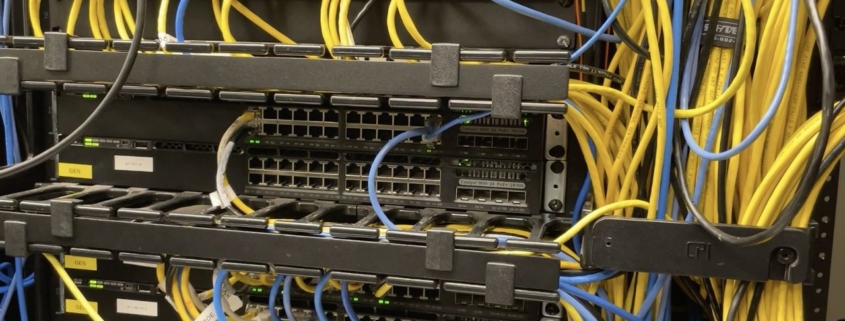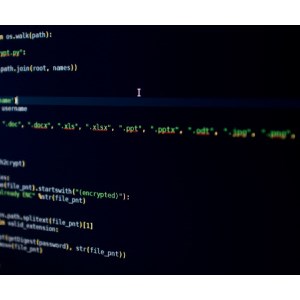Sullivan County uses NYSSOC to combat cybersecurity threats
Cybersecurity threats are a worldwide issue.
New York state is working to combat this with its New York State Security Operations Center (NYSSOC).
Sullivan County is the first county to start utilizing the NYSSOC.
It allows the state to monitor for cyber threats with a goals of preventing them and improving responses to incidents.
“The county, as well as the state, as well as the nation, are under attack constantly from foreign adversaries just looking to wreak havoc on the infrastructure and environment that we work in and with. So, it’s important for us to know what’s happening quickly, to be able to respond quickly, and to mitigate those risks as quickly as possible,” said Commissioner of Information Technology Services and CIO for Sullivan County Lorne Green.
The NYSSOC facility is based in Brooklyn and is dedicated to detecting and responding to real-time threats 24/7.
“Anything that they see that, you know, red flags, anything, even some minor occurrences that go through, they will alert us. And then, we can take action on those to either let them know that this is a low priority, high priority, medium, and then, whatever that comes through as, we can take action,” said Deputy CIO for Sullivan County Dan Smith.
Officials said Sullivan County went live with NYSSOC in late March. It was selected due to relationships with New York State Homeland Security and the State’s Center for Internet Security.
Officials collected log data from security appliances and servers to feed to NYSSOC to get the project rolling.
“They then parch that data and put it into their recording solution for analysis and further determination as to whether or not there are any incidents that need to be addressed,” Green said.
One of the major aspects of this effort is ensuring threats are being tracked even when local information technology services staff members are not…




